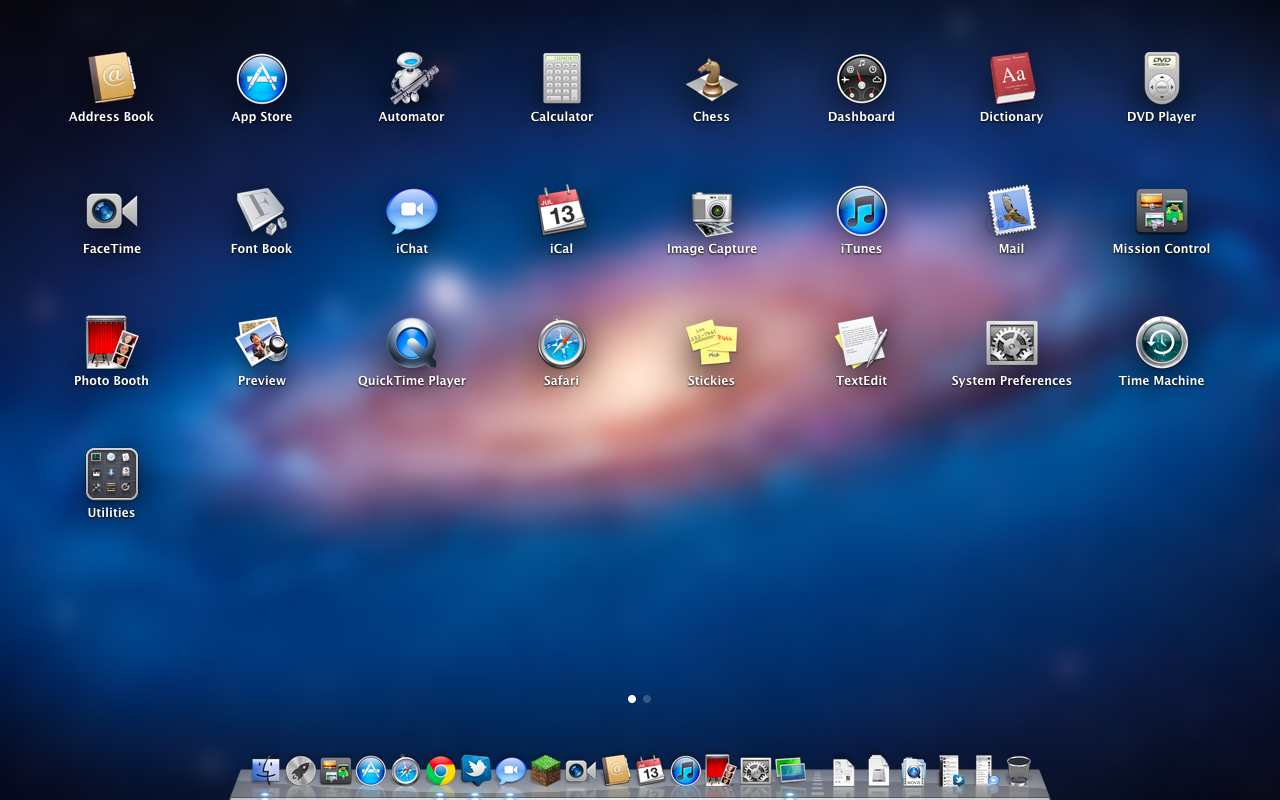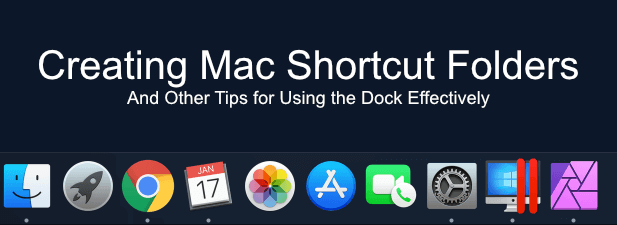Hide files and folders from the prying eyes of other people using your Mac. Secret Folder is very useful to keep your information away from prying eyes, it. The Utilities folder, as its name suggests, stores system utilities. Under Mac OS X, the Utilities folder appears inside the Applications folder. Items which are in the Utilities folder as of Mac OS X 10.4.5 are marked in boldface in the list below. Activity Monitor AirPort Admin Utility AirPort Setup Assistant AirPort Setup Assistant for Graphite or Snow Aladdin Apple System Profiler Applet. Read reviews, compare customer ratings, see screenshots, and learn more about Secure Folder PRO. Download Secure Folder PRO and enjoy it on your iPhone, iPad, and iPod touch. Alternative Folder Password Lock Pro download from external server. To continue promising you a malware-free catalog of programs and apps, our team has.
Best FTP client for Mac
When you look at your desktop, or inside any folder for that matter, on your Mac you’ll see a number (one that will vary depending on how well-organized you are) of file and folder icons. What all of us have in common, however, is a huge range of system files that are hidden just out of view.
Easy way to show hidden files
Try Setapp to make all your files visible on a Mac. With the tools we offer, nothing gets lost in the shuffle.
Those of us who have lived online for long enough will remember the Delete System32 hoax, with which trolls encouraged naive PC users to delete their Windows 2000 system directory. It’s not a shock that, since those days, developers have taken more care to hide away files that are essential to their operating systems.
There are, however, times when you need to access those files. Most of them are hidden away in the ~/Library folder, but the truth is that the average Mac holds a treasure trove of files and folders that you either no longer need or may want to access for troubleshooting purposes.
Is it normal that 'System' takes up 90GB+ of storage? What does it contain? How to get your System folder under control?

Macbook Pro Apps
Three Ways to See Hidden Files on Mac
There’s good news for anyone out there who’s looking to access hidden files on their Mac: you can do exactly that, in a number of different ways, by arming yourself with a little bit of knowledge. There are a couple of Finder augmentation and replacement apps, for example, that make the process as easy as clicking a single button.
Before kicking off, however, it’s important to highlight that you should play it safe when digging through hidden files on your laptop or desktop. Unless you know exactly what you’re looking for you can do some serious damage to your operating system, so you’ll want to proceed with caution. After all, these files are hidden for a reason!
See hidden files on Mac via Finder
As mentioned above, it doesn’t take much to make the hidden files on your Mac visible. In fact, you can check out all of the hidden files on your Mac by following just three easy steps:
- In Finder, open up your Macintosh HD folder
- Press Command+Shift+Dot
- Your hidden files will become visible. Repeat step 2 to hide them again!
This process will also work elsewhere, including your Documents or Applications folders. However, if you know what you’re looking for is in your ~/Library folder and would rather jump straight into that then you can take the following steps instead:
- In Finder, hold down Alt and click Go at the top of your screen
- Click on Library to open up the, normally hidden, folder
Be prepared for one very cluttered looking Desktop if you decide to uncover all the hidden files there. If you’re anything like the average Mac user, most of what you’ll find will be made up of system files and autosaved Microsoft Word documents!
Some users have reported success finding documents that they thought were lost forever after their Mac crashed without saving, which is always a useful tip to have in the back pocket.
Unhide files on Mac with Terminal commands
Terminal, a Mac command-line interface, is included in macOS by default and allows you to use command prompts to control your Mac instead of following a potentially complex series of instructions to do the same thing in Finder.
If you’re already familiar with using Terminal, then you might prefer to run the following script to reveal your hidden files:

- Open Terminal
- Enter the following: defaults write com.apple.Finder AppleShowAllFiles true [Press Return] killall Finder
- To hide files again, change the “true” in the step above to “false”
It doesn’t matter too much whether you use Terminal or Finder to make the hidden files on your Mac visible, though you might prefer the latter if you’ve never run scripts on Terminal before, as both routes accomplish the same thing.
One reason you might opt to use Terminal is that it allows you to hide any file or folder on your Mac, which is a great way to avoid that sense of residual curiosity felt by others should they come across a password protected .rar on your desktop! To hide files, just:
- Open Terminal
- Enter the following: chflags hidden [Press Space]
- Drag files or folders to be hidden from Finder into the Terminal window, which will display their paths in Terminal
- Press Return to hide
To make your files visible again, just repeat the above steps using “chflags nohidden” in place of “chflags hidden.” Of course, the fact that anyone else who knows this trick can also use it to unhide your files means that this isn’t an adequate substitute for other security measures.
Use file managers to access hidden files
How to find the path of a file in Mac? Apps like DCommander and Forklift, both of which perform like native macOS apps and function as extensions of Finder, represent great choices if you’re at all uncomfortable using Terminal or digging around in your ~/Library folder.
Because these apps allow you to make hidden files and folders visible (or invisible) using shortcuts or clicking buttons within the apps, they make the whole process incredibly simple. In Forklift, for example, you can show hidden files by:
- Clicking View
- Selecting View Options towards the bottom of the dropdown menu
- Checking the box next to Show Hidden Files
There’s also a button in the toolbar to show and hide hidden files. DCommander has a similar function available, with a Show System Files command, but you need to add it manually to the app’s toolbar:
As you might guess from those subtle differences in terminology, we would suggest that Forklift is more suitable for someone looking for something that really looks and acts like Finder. DCommander, with a larger range of features and toolbar buttons enabled by default, is still intuitive but feels a little more dense.
Whichever you settle on remember that just because these apps make accessing hidden files easy it doesn’t mean that you can’t do some real damage if you start messing around with the wrong thing!

Try all these apps for free
Get a huge set of top apps for keeping your Mac in shape. Best utilities in one pack, give it a go!
Leave hidden files to automatic cleanup
For some Mac users, the question of how to see hidden files is nothing more than succumbing to curiosity. For others, it’s a necessity for troubleshooting a piece of software or device that’s not performing as it should.
Somewhere in between are those in the pursuit of a few spare gigabytes as their hard drive rapidly fills up. If you’re one of those people looking to clean up useless hidden data then an app like CleanMyMac X might be exactly what you need:
- Open up the app and select Smart Scan
- Hit Scan
- Select Review Details underneath Cleanup to see how much System Junk you can safely delete
- Hit Run to remove those unneeded files
An app like CleanMyMac X will free up space just as effectively, probably more so, than you’ll be able to by randomly deleting hidden files and hoping for the best. If you do end up going this route then don’t consider learning more about hidden content a waste of time — at least you know what to watch out for if someone tries to troll you into deleting vital system files!
Best of all, DCommander, Forklift, and CleanMyMac X apps mentioned above are all available for a free trial through Setapp, a collection of more than 150 macOS apps from top developers all over the world.
Proapps Folder Mac
File Helper Mac App – To Open Any File on Mac
There are multiple files present on our Mac. Among these files, several files belong to unknown file extensions. Having those many proprietary file extensions and formats on your Mac develops the need of getting the right application to open your unrecognized file. Finding the right app can be very difficult and even if you’re able to determine which application your file needs, This entire process is bit challenging. But now no worried the File Helper Mac App To Open any File on Mac you can use.
What is File Helper?
File Helper app is your Macbook companion that helps you get every bit of information about any file present on your Mac. When you choose the file or folder for which you want to know anything, it also suggests the apps that are compatible with your file. This app takes very less disk space and performs a number of functions for you.
File Helper app runs a scan on your system that detects file types that your computer can’t open. It will then recommend applications that will allow you to open these files, based on our team’s analysis of each file type. These applications will let you open, and sometimes edit, the unrecognized files on your computer.
Pro Apps Folder On Macbook
Features of File Helper – (Open any File Extension on Mac)
- Open unknown files: File Helper app has a large pool of recommended applications that can open your unrecognized files.
- Huge database of file types: File Helper is driven by its enormous, human-created database of file types.
- Continuous updates: The file type and application database are constantly updated by the same support staff that serve you. If File Helper doesn’t find your file type, contact our support team and we’ll add it right away!
Benefits of File Helper Mac App (How to Open App Files On Mac)
Simply Drag the Folder:
To use File Helper app, launch the application on your Mac machine. Next is to simply drag the file or folder you want to get info about. You don’t have to follow any complicated procedure in order to use this app.
Find Compatible Apps:
Through this app, you can easily view and open any file & application which are compatible to your specific file extensions so that it become easy to read the file.
Easy & Efficient:
File Helper lets you get all the details of the file or folder you want very easily. You have to simply right click on the selected file and choose the option ‘ Get File Info’. The complete information will appear on your Mac screen in no time.
It is a wonderful choice for all the Mac users and this app is completely free. To use this app, you don’t have pay any penny. Simply download from the App Store and launch this app on your Mac machine.
From minor details like ‘Last Modified On’ to detailed info like ‘Hash details’, ‘Hex Dumps’, you will get just everything about any file or folder of your choice with the help of File helper mac app. Moreover, if you find any difficulty in opening a file, this tool can even search suitable apps on your Mac, if possible or on the web, to find the app in which your file can be best viewed in.
Now available on the Mac App Store.
Related Posts:
History Fixer App For Mac – Remove XXX History
Memory Optimizer Pro – Best Memory Cleaner App For Mac
Disk Cleanup Pro for Mac – Best Mac Clean Up App
Disk Reviver App To Speed Up & Clean Up Your Mac
Best Music Apps MAC
Best OS X Apps 2018 – Latest & Essential MAC Apps